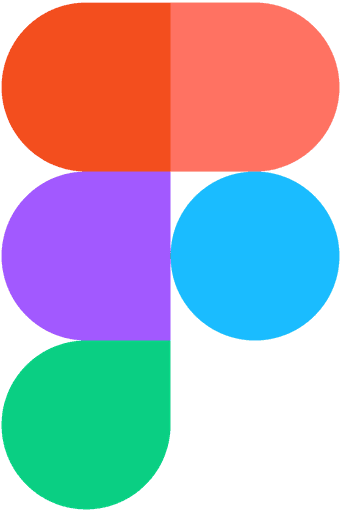Scoot - Find Concerts, Meetups & More on WhatsApp
Scoot is a WhatsApp-based event discovery assistant that helps users find local concerts, meetups, and open mics based on their interests and location. Weekend planning was often disrupted by context-switching between chat apps and event platforms, leading to missed opportunities and low spontaneity. Our goal was to create a seamless, chat-native experience that delivers personalized event recommendations directly within WhatsApp—eliminating friction, enhancing real-time coordination, and making social planning effortless and fun.
WhatsApp (Twilio Business API)
May 2025
Github
Problem Statement
Solution Positioning and Value Proposition
The WhatsApp Event Discovery Bot positions itself as an intelligent event concierge that transforms passive event discovery into an active, conversational experience. By integrating Ticketmaster's comprehensive event database with WhatsApp's communication infrastructure, the solution delivers personalized, location-aware event recommendations directly within users' primary messaging environment.
The initial Ticketmaster integration provides access to a vast event catalog spanning concerts, sports, theater, and entertainment. The planned expansion to Eventbrite and Meetup platforms will broaden the scope to include professional conferences, community gatherings, workshops, and networking events, creating a comprehensive event discovery ecosystem.
Competitive Differentiation
The solution differentiates through conversational commerce capabilities that leverage WhatsApp's superior engagement metrics. Unlike traditional event discovery applications that require separate downloads and account creation, this bot integrates seamlessly into users' existing communication workflows. The 98% message open rate and 45-60% conversion rates demonstrated by WhatsApp business messaging provide significant advantages over email-based or app-based discovery methods.
Location-based intelligence combined with natural language processing enables sophisticated filtering and recommendation algorithms. Users can specify preferences through conversational interactions rather than navigating complex filter interfaces, reducing friction and improving user experience quality



